Spiral classifier is one of the common mineral beneficiation equipment, often used for classification, desliming, dewatering and other operations. There are three main factors that affect the classification effect of the spiral classifier: equipment structure, ore properties and operating.

01Equipment Structure
(1) Classification Area
The classification area size in the tank is a decisive factor that affects the processing capacity and classification particle size of the spiral classifier. The larger the classification area, the larger the processing capacity and the finer the classification particle size. The classification area can be increased by increasing the groove width, increasing the overflow dam height or decreasing the inclination Angle.
(2) Overflow Dam Height
The higher the overflow dam of the spiral classifier, the finer the classification particle size. In production, you can appropriately adjust the height of the spiral classifier overflow dam according to the requirements of grinding fineness.
(3) Rotate Speed
The rotate speed affects the agitation strength and the ability to transport sand back. Rotate speed is related to the spiral diameter. The faster the rotating speed of the spiral shaft, the stronger the stirring effect on the slurry, the more coarse grains will be carried in the overflow product. In order to obtain the coarse overflow or process the materials that settle quickly, the speed of the spiral can be increased appropriately. For the spiral classifier used in the secondary grinding or grinding cycle, the spiral speed should be slowed down.
(4)Spiral Classifier Blades Number
Increasing the number of blades is conducive to increasing the processing area and aspect ratio, which is easier to meet higher maneuverability requirements. But it also makes the whole device more complicated. Therefore, in addition to meeting special requirements, fewer blades should be used as far as possible.
(5) Tank Width
The tank width of the spiral classifier is closely related to the discharge speed of the overflow product. The wider the tank, the faster the overflow discharge speed, and the greater the possibility of coarse particles being discharged with the overflow. On the other hand, the wider the tank is, the greater the settlement area of the ore and the easier the settlement is. Therefore, the width of the slot has little effect on the classification effect, but is closely related to the processing capacity of the classifier. The larger the tank width, the larger the processing capacity. Conversely, the smaller the processing capacity.
(6) Spiral Diameter
The diameter of the spiral indicates the specifications of the spiral classifier. It will affect the production capacity of overflow and the ability of conveying returned sand. Therefore, the spiral diameter of the spiral classifier must be calculated and matched with the capacity of the ball mill, and meet the requirements of the classification particle size. Choosing the right diameter of spiral can make the spiral classifier run in the best production state.
02 Ore Properties
(1) Feeding Fineness and Mud Content
The more mud or fine particle size materials in the feed of the spiral classifier, the greater the viscosity of the slurry, the smaller the sedimentation velocity of the ore particles in the slurry, and the coarser the particle size of the overflow product. In this case, in order to make the overflow fineness meet the requirements, the supplementary water can be appropriately increased to reduce the pulp concentration. If the mud content in the feed is small, or the slurry has been deslimed, the slurry concentration should be appropriately increased.
(2) Ore Density
Under the same concentration and other conditions, the smaller the density of graded material, the greater the slurry viscosity, the larger the particle size of the overflow product. On the contrary, the higher the density of graded material, the smaller the slurry viscosity, the finer the overflow particle size. Therefore, when classifying the ore with high density, the slurry concentration should be appropriately increased. While for the ore with low density, the slurry concentration should be appropriately reduced.
03 Operating
(1) Feeding Capacity and Uniformity
When the slurry concentration is certain, if the amount of ore fed into the spiral classifier increases, the rising velocity and horizontal velocity of the slurry also increase, thus making the overflow particle size coarser. Conversely, if the feeding capacity reduces, the overflow particle size becomes finer. Therefore, in order to make the classification process normal and get a good classification effect, the feeding capacity to the spiral classifier should be appropriate and uniform.
(2) Reagent Added
The reagent added to the grinding cycle in the flotation plant and the reagent brought by the backwater have an impact on the classification process and even the grinding operation. Dispersants and flocculants will change the sedimentation rate of particles.
04To Wrap Up
In short, there are many factors that affect the classification effect of the spiral classifier, and most of them restrict each other. Therefore, in the actual production, technicians should observe and analyze more, find out the main influencing factors and adjust them, so as to effectively solve the actual problems in the production.
If you want to know more about spiral classifier, or want to buy spiral classifier, you can consult online customer service or submit a message, we will contact you as soon as possible!
- Random article
- Popular articles
- Popular comments
- Gravity beneficiation process for iron ore
- Lithium ore magnetic separation process
- Uranium Ore Radioactive Treatment Process
- Zirconium Ore Processing: Gravity Separation and Flotation
- Zirconium Ore Processing: Gravity, Magnetic, and Flotation Methods
- Antimony Ore Hand Picking Process for Color Sorting
- Basic techniques for antimony ore flotation processing




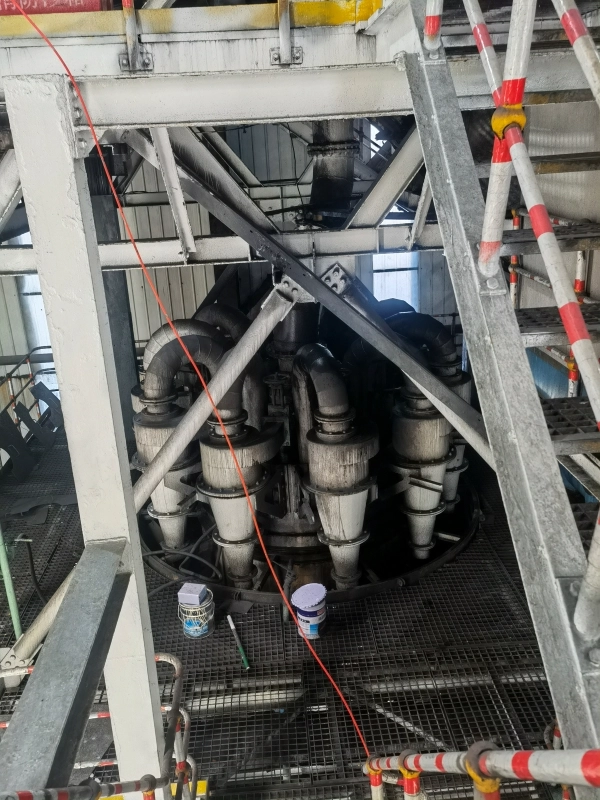
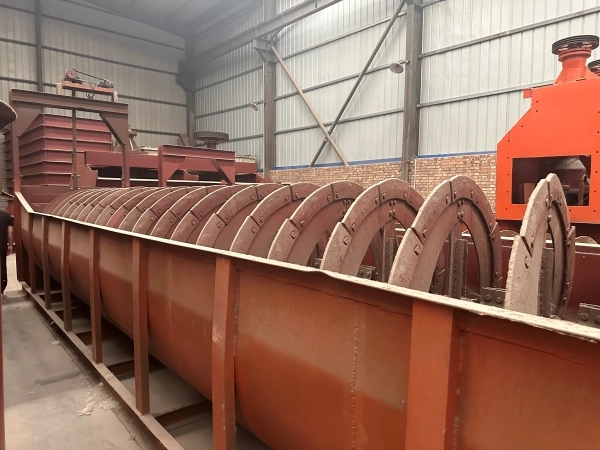
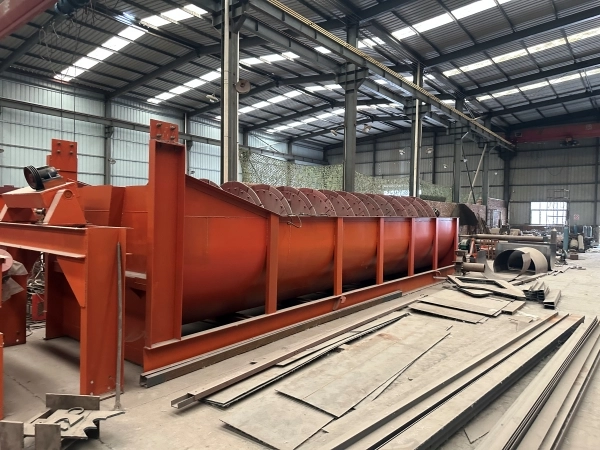
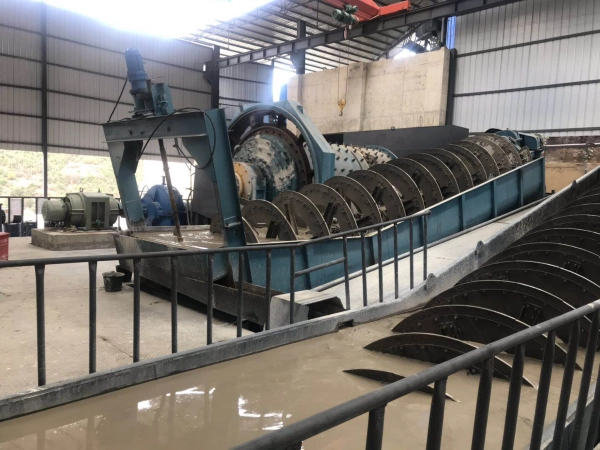
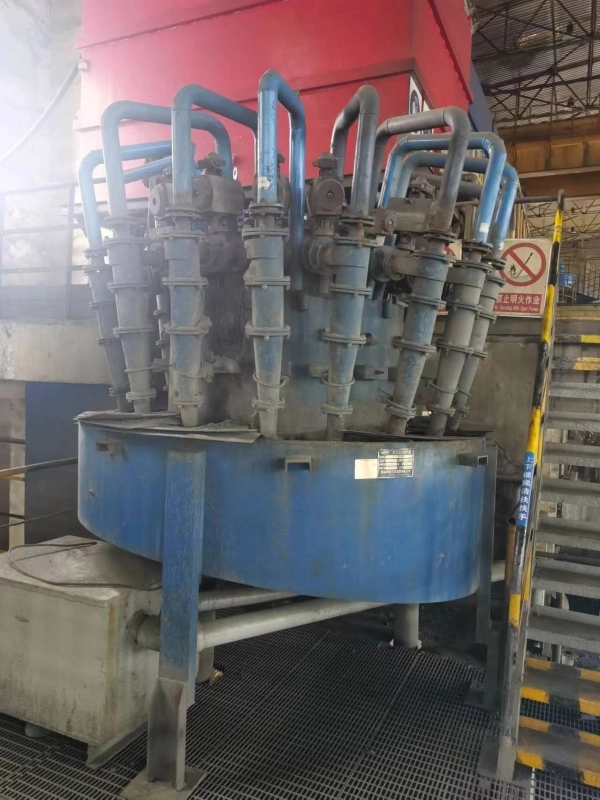

Leave a message with your needs or comments
Add comment: